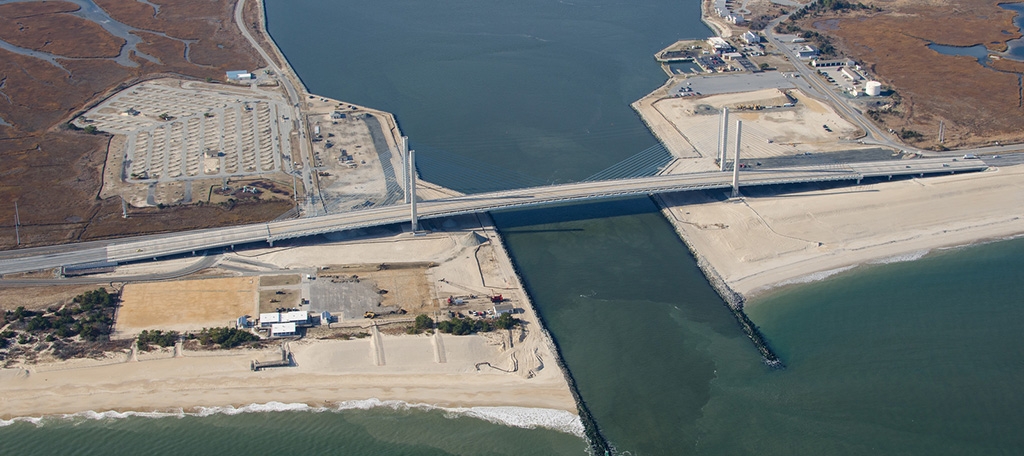21st Century "Pre-War" Guitars
I'm a sucker for craftsmanship, especially woodworking or analog ingenuity, in this digital age. I spend all day on the computer but wish I was really creating with my hands.
Pre-War Guitars Co. is a company, really two guys named Wes Lambe and Ben Maschal, in my neck of the woods handcrafting acoustic guitars that match the sound and workmanship of the "Golden Age" of guitars, the 1930s and early 40s.. in other word, pre-war. Apparently the craftsmanship and materials used at that time were much better than after the war, and that has been evident from the sound of the guitars. I don't know much about guitar building or even really what quality guitars sound like(!), but this article in the Raleigh News & Observer does a pretty good job of telling the story:
Other luthiers have attempted to capture the qualities of vintage guitars. The C.F. Martin Co., for example, markets its “Authentic” series of reproductions, ranging from 1919 through 1939 models. While popular with some guitarists, others argue that Lambe and Maschal have succeeded in creating a product nearly indistinguishable from the icons of the 1930s at a fraction of the cost. Their guitars range from about $4,395 to $7,995 depending on the model, though a custom guitar made with special woods can cost up to $12,000.
“I think part of it is that they’re hand-making every part of every guitar,” says Rubber Room recording studio’s Jerry Brown, a collector of vintage pre-WWII guitars. “They’ve done exhaustive research into how the original ones were put together and the style in which they were built. I think they’ve figured out what nobody has figured out. ...
“When I played the first one, I thought, ‘Holy smokes! These guys have hit it over the fence on the first one.’ I wondered if the second or third would sound as good. But every one I’ve played has been astounding.”
Bonus: The article and video above both feature Andrew Marlin, of one of my favorite local bands, Mandolin Orange.


